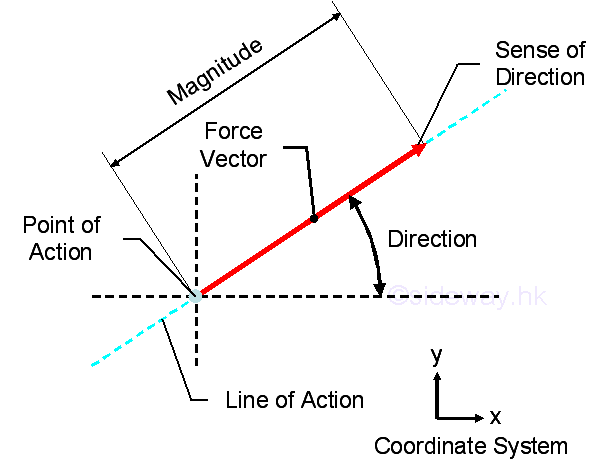知識とは何だろうか。What is knowledge?
知識は概ね『分かる』『知る』『理解する』3つの動詞群に分類することができる。
Knowledge can be briefly classified into three verb groups as “know” “comprehensive” “understand”
それら3つの知識類についての個人的な定義は
My definition of those three knowledge types are,
分かる:見えなかった何かが見え始める。
Know: something that I couldn’t see begins to be visible.
知る:散らばった気が一か所に収まり、方向性が運動性を持ち始める。
Comprehensive: things that scattered start to fit in one place, and the directionality begins to have motility.
理解する:AがBにリンクでき、新たなCに導き始める。
Understand: A can to B and begin to lead to a new C.
しかし、それらの『分かる』『知る』『理解する』これら3つの認識体系は『分からない』ことが明確でないと作用しない。
However, these three-systematic recognitions do not work unless clearly make sure of what is not-known.
何が分からないのか、どう分からないのかを知らないと『分かる』ようにはなれない。
It cannot be knowing what is not known and how do not know.
その分からないことを分かるようにさせるのが本当の知識の力だろう。
Makes unknown to be known it would be the true force of knowledge.
だが、上記の3つの知識系の動詞が感情の形容詞と結合すると『分かる』ことに焦点がズレ始め対象がぼやけてしまう。
But when above three kinds of verbs come to blended with emotional adjectives, the focus on knowing begins to be off and the target gets dimmer.
例えば、勉強が苦手な生徒は分からないことは辛いと思う反面、勉強ができる生徒は分からないことに興味を示す。
For example, a student who is not good at studying think that do-not-know is linked to suffering but on the other hand, a studied-well-student shows interesting in unknowns.
知識に自意識が強く結びついてしまっている生徒は分かる前に難しいか易しいかを先に計算して見た目だけで判断するが、知識自体と自意識を弁えている生徒は見た目が難しく見える文も先ず読んでみようとする姿勢がある。
A student whose self-awareness strongly tied to knowledge tends to judge what is difficult or easy for the first sight and estimates difficulties before try to know but a student who distinguishes knowledge itself and self-awareness has an attitude that give a try first even though a sentence looks difficult.
生徒の知識に接する態度を見ると知識自体は人を選ばないことが分かる。
When see student’s attitudes against knowledge, it shows that knowledge itself does not choose which people.
知識は万人に平等に与えられているのだが、人が形容詞の眼鏡で識別して消化できるものだけを選んでいるように見える。
Knowledge is given equally to everyone, but it looks like people choose things that they can digest only and can identify with their adjective glasses.
分かる、知る、理解するこれら3つは動詞である。形容詞のようにある状態を形として表していない。動詞は動作を示す事柄であるように行動を伴わないと作用できない。
Know, perceive, understand are verbs.
They don’t express a state as a form like an adjective.
As a verb indicates an action so if it does not accompany by actions, it doesn’t work.
坐禅は名詞ではあるが、同時に自動詞でもある。
Zazen is a noun, but it is also an intransitive verb at the same time.
道元禅師が言った『ただ坐る』ことも行動を伴わないと分からない境地を指しているだろう。
Togen the Zen-master’s teaching of “just sit” may also point a level where cannot reach without doing it.
坐禅は語るものでなく行動で得られる作用であろう。
Zazen is not a telling, it would be a function which can get by doing.
知識も動作しないと得られないので坐禅と知識の根本には共通点があるように見える。
Knowledge cannot be obtained without doing act to get neither, so it seems to have some common factors between fundamentals of zazen and knowledge.
作用点は物体に力が加わった結果を指す力学用語のひとつであるが、知識と坐禅の作用点は支点を固定することによって力点を動かし作用できる。
A load point is one of mechanical terms that refers to a result of applying force to a object, at the point of view of zazen and knowledge the load points can move the effort point by fixing the fulcrum.
知識と坐禅に共通する『てこ力学』
“Lever mechanics” common factors in knowledge and zazen.
支点=分からない点を知る、単純に坐る行為
Fulcrum=knowing the point that not-known, simple act of sitting.
力点=知るための動作、坐る動作
Effort= act to know, act to sit
作用点=知識を得る、重い気を動かせる
Load= get knowledge, make heavy mind to move.
よって、知識は動作を表す動詞でもあると言える。
Therefore, it can be said that knowledge is a verb that express a motion.



















